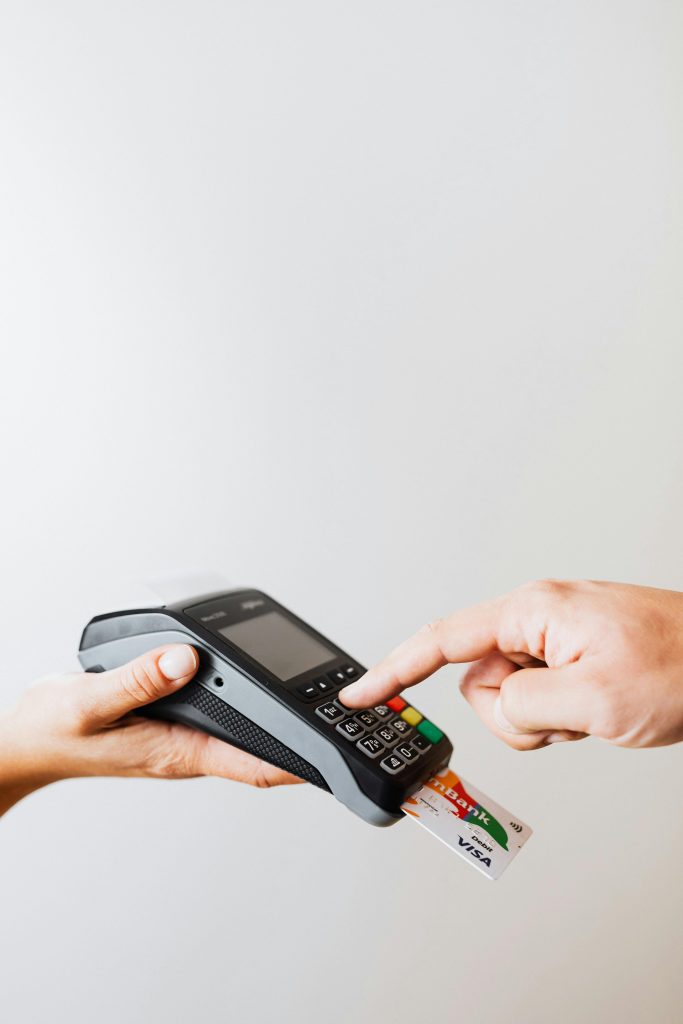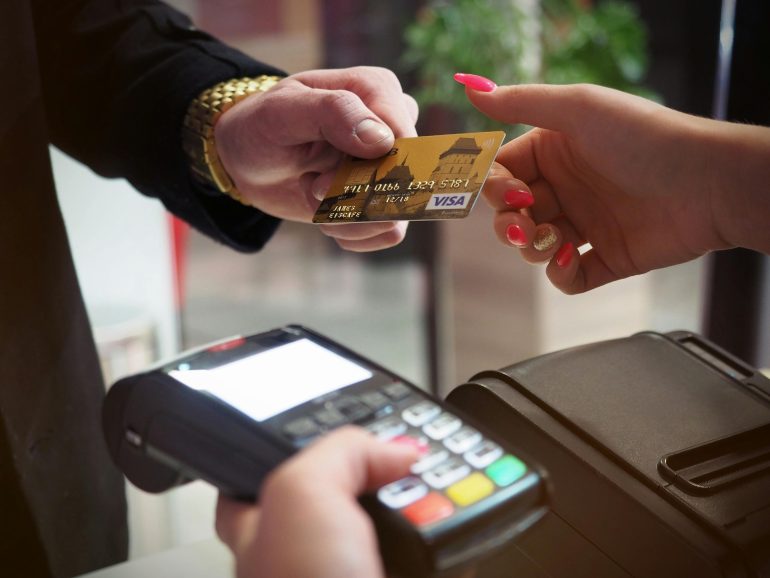Electronic transactions in Paraguay’s Digital Economy Programme surged by 125%, according to figures from the Central Bank of Paraguay (BCP). The nine-month initiative, which concluded in June 2025, involved micro, small, and medium enterprises (MSMEs).
By the end of the evaluation period, the programme recorded 75,147 transactions, up from an estimated baseline of 33,467 at the outset. These included payments, transfers, and collections processed by 62 participating businesses nationwide.
Supporting business digitalisation
Nine financial institutions participated voluntarily in the programme. 62 MSMEs were selected and supported throughout the process. The banks provided awareness campaigns, training sessions and personalised advisory services to strengthen electronic payment adoption.
The BCP evaluated participants between two periods: October 2023 to June 2024 (pre-programme) and July 2024 to March 2025 (post-programme implementation). Certification was awarded to enterprises and financial institutions that achieved the highest transaction growth rates whilst meeting minimum requirements.
Electronic transactions accelerate across Paraguay
Data from the first quarter of 2025 shows electronic payment consumption through cards, QR codes and electronic wallets grew 38% compared to the same period in 2024, according to Bancard.

Credit card usage led the expansion with a 41% increase, whilst debit card transactions rose 36% during the first four months of 2025. The growth reflects increased card issuance by financial institutions and expanding merchant acceptance of electronic payments.
QR code transactions reached record levels in March 2025 with 13 million operations, more than double the 6.2 million recorded in March 2024. The first four months of 2025 registered approximately 49 million QR transactions with 2.3 million frequent users.
Foreign consumer spending showed significant growth. It is led by Argentine visitors with a 73% increase in March compared to the same period in 2024, reaching historic record levels. Tourists primarily used electronic transactions at shops, electronics stores and supermarkets.
Cash usage continues declining trend
BCP data shows cash withdrawals from automated teller machines declined from 33% of debit card operations in 2020 to 10% in 2024. Electronic transfers increased from 10% to nearly 38% of total operations during the same period. Liana Caballero, BCP board member, stated that all payment options showed growth compared to the previous year, with cash usage being replaced by electronic alternatives.
The Central Bank also reduced the maximum credit and debit card fees. The goal is to dynamise electronic transactions over cash usage.
Demographic patterns show youth leading adoption
Paraguay’s Payment System (Sipap) data reveals 53.7% of users are male and 46.3% are female. Adults aged 20-29 represent almost 40% of users, followed by the 40-49 age group. Users over 49 show the lowest adoption rates.
The system processes 95% of transaction volume through the Instant Payment System (SPI), which handles daily payments and purchases. Traditional large-value transactions above 5 million guaraníes use the Real-Time Gross Settlement system.
International recognition
Central Banking magazine awarded the BCP the Payments and Market Infrastructure Development 2025 prize. The award recognise leadership in transforming Paraguay’s financial ecosystem. Raúl Alvarenga, President of the Paraguayan Chamber of Payment Methods, described the current environment as experiencing significant growth in electronic transactions development, with substantial expansion potential remaining.
Electronic transactions concentration occurs primarily in Asunción, Greater Asunción and Ciudad del Este. This data reflect national consumption patterns whilst indicating growth opportunities in interior regions.


